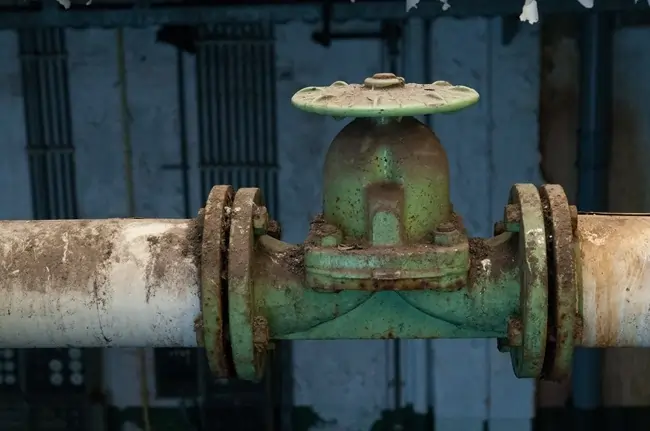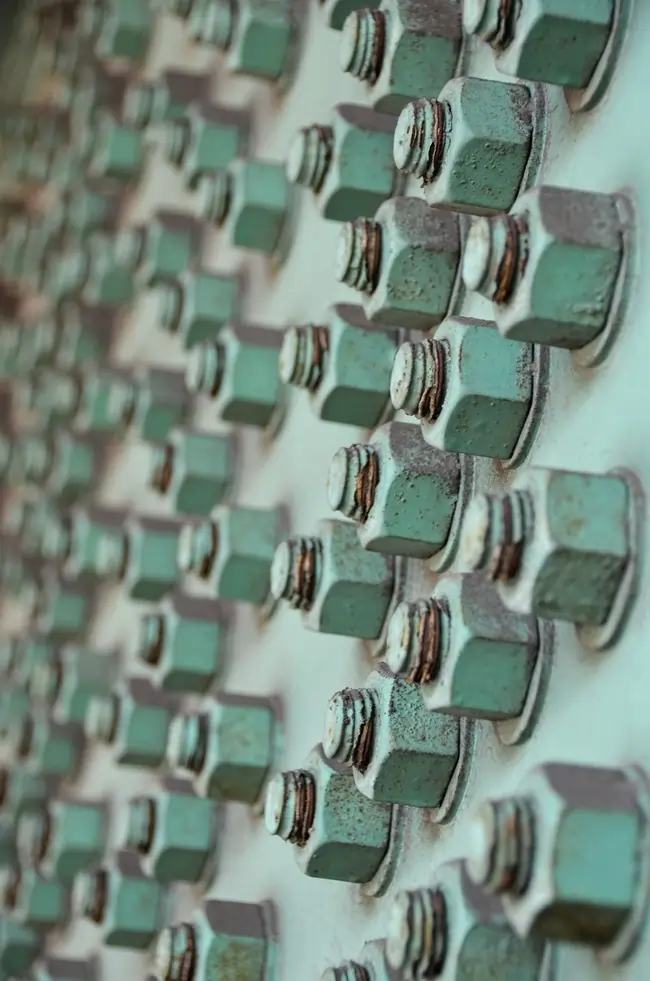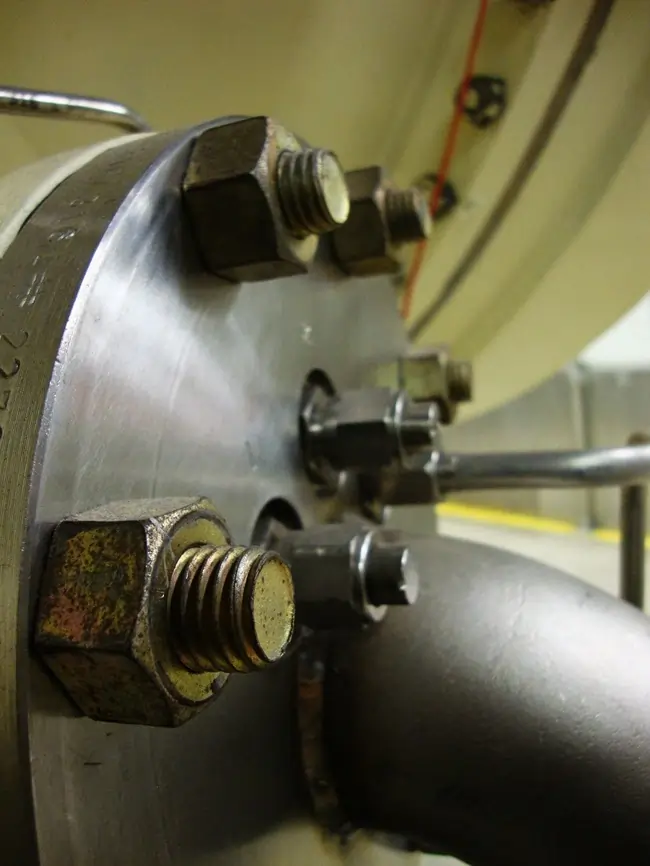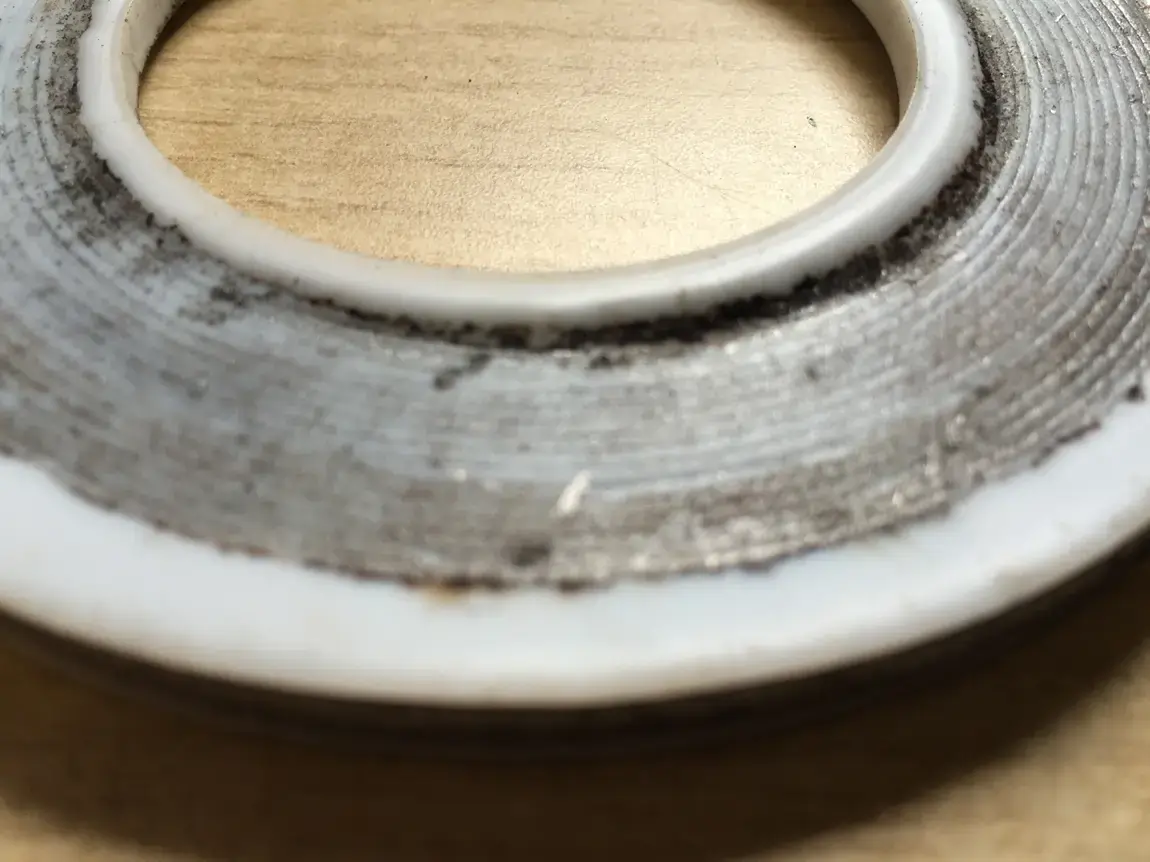
The Oil and Gas sector is a highly dangerous working environment, with quality and safety playing a vital role in keeping operations moving and staff out of danger. It’s common knowledge that the correct quality procedures must be strictly followed by the book in the Oil and Gas industry, given the severity and magnitude of the consequences of failures. Afterall, it’s not just revenue that’s at risk, but also lives, facilities and the environment. Due to this, precision tools such as torque wrenches and torque screwdrivers are utilised to ensure fasteners are installed with exactly the right amount of torque, leaving no margin for leaks or failures due to the tightness of the fixing.

Fasteners play a key part in making up piping systems in the oil and gas industry. They hold the flanges, pipes, and valves together, and ultimately keep the contents inside the pipes. They need to be robust, able to sustain extreme conditions including up to 3,000PSI building up inside the pipes, as well as vibrations and wide temperature fluctuations.
Fastener failures can be caused by the fastener being installed using too little, or too much torque. For example, when too little torque is used during installation, it allows the fastener to work its way loose from the flange, ultimately leading to the fastener detaching. Now obviously this means one of the fasteners is no longer doing its job, but it also adds extra fatigue on all the other fasteners within the connected system, greatly increasing the chances of a chain reaction of fastener failures.
Now you may think a way to avoid loose fasteners is to add a bit more torque on compared to the stated torque value, however this is just as dangerous! Over-torquing fasteners cause threads to become stripped or stretched beyond their limits. This can cause cracks or distortion within the fastener, greatly harming its integrity and increasing its chances of failure.

The results of a leak due to incorrectly fitted fasteners could be catastrophic. There really is no margin for error, with potential impacts including fires and explosions, leading to huge damage and insurance bills, injuries, loss of life and environmental effects such as oil spills. Take the Piper Alpha disaster in 1988 as an example. When pump A was reinstated whilst a loosely fitted temporary flange was installed, the condensate leaked and subsequently ignited, causing an explosion and a chain of events that would lead to the deaths of 167 people.
There’s a number of reasons why a fastener may be under or over torqued during installation. These could be as simple as a lack of operator training, or operator error leading to the wrong amount of torque being applied, but could also be a result of an issue with the torque tools themselves. Afterall, if your torque wrench is applying the incorrect amount of torque, no amount of operator skill is going to correct it.


In the oil and gas industry, torque tools aren’t a preference, they’re a necessity. Simply hand tightening your fasteners using a standard wrench or screwdriver doesn’t cut it, and ends up putting lives in danger.
So torque tools are a must, and in order to ensure your torque tools are applying the amount of torque they say they are, you also need them regularly calibrated to international standards such as ISO 6789:2017. If you want to sink your teeth into ISO 6789:2017, we’ve written a guide on it here. Calibrating a torque tool gives you the confidence that the tool under test is providing you with reliable, repeatable, and accurate readings that you can trust. These calibrations should be performed every 12 months or every 5,000 operations, whichever of these come around quicker.

But just calibrating your torque tools isn’t enough to guarantee reliable results, you need to calibrate your torque measuring devices as well. A torque measuring device is rather self-explanatory; a device which can be used to measure applied torque. They can come in a variety of forms such as torque transducers, torque calibration machines, torque testers, or even a load cell on the end of a lever.
But back to the calibrations. If you’re sending your torque tools off to an accredited laboratory, you won’t have to worry about calibrating torque measuring devices, the lab will have this covered themselves. If you’re performing your torque tool calibrations in-house, then your torque measuring devices will also need calibrating regularly, at least every 2 years according to BS 7882:2017. It should be stressed though that this is just a guideline, and calibrations should occur more frequently depending on the impact it would have should the device be reading incorrectly. In the oil and gas industry, it goes without saying that these impacts would be severe!
It's also highly recommended to perform verifications before a shift on all torque tools that are going to be used. Verification is a temporary measure to test that a tool is reading reliably at the time of use and is ideal for determining if a tool is fit to carry out operation for a short period of time. It must be stressed that verification is not a substitute for calibration, it is simply an additional check that can be done on a tool that’s within its calibration period.
Chris Mellows is the Director of Zulu Joint Integrity & Training Ltd, a specialist joint integrity management and joint integrity training provider with a strong track record of providing solutions to the oil & gas, chemical, petrochemical, power, steel making and process industries. Chris states that particularly in the chemical industry, Zulu Joint Integrity & Training Ltd find that over torqued fasteners damage the softer type of gaskets used, such as PTFE, graphite and PTFE envelope gaskets. Some of the 'hardier' semi metallic gaskets such as spiral wound type are a little more forgiving, but the softer gaskets don't stand a chance.
The images below are some examples of Reinforced Graphite, PTFE and PTFE envelope gaskets showing damage due to over-compression (caused by too much torque being applied to the fasteners).
Graphite Gasket - Over Compression
PTFE Gasket - Over Compression

PTFE Envelope Gasket - Over Compression

If you're looking to incorporate torque tool calibrations and verifications into your company to keep your facility and staff safe, as well as reduce your company's threat from loss of revenue, we have a range of accredited, automated, and easy to use torque equipment that complies with international standards such as ISO 6789:2017.
Contact us today to get in touch with one of our experts who will be happy to discuss your requirements. Simply send us an email to sales@awstorque.co.uk, or give us a call on 01295 266939.